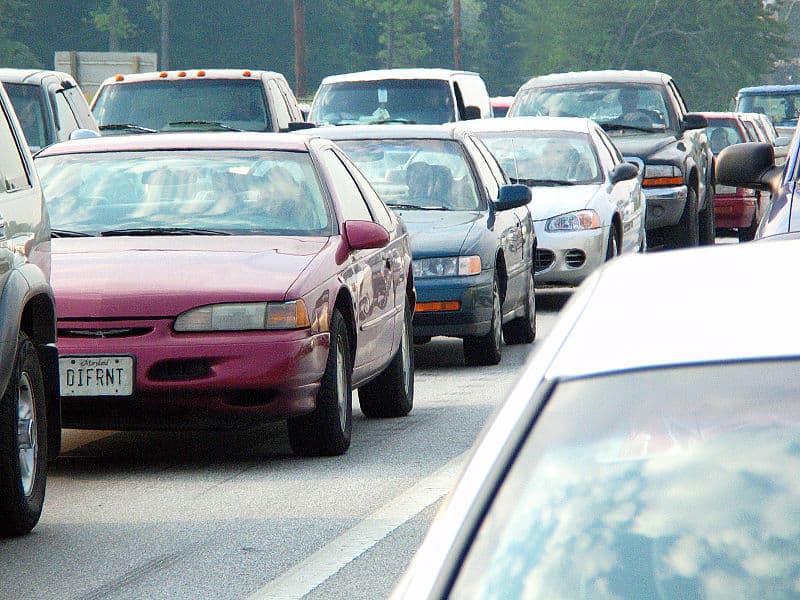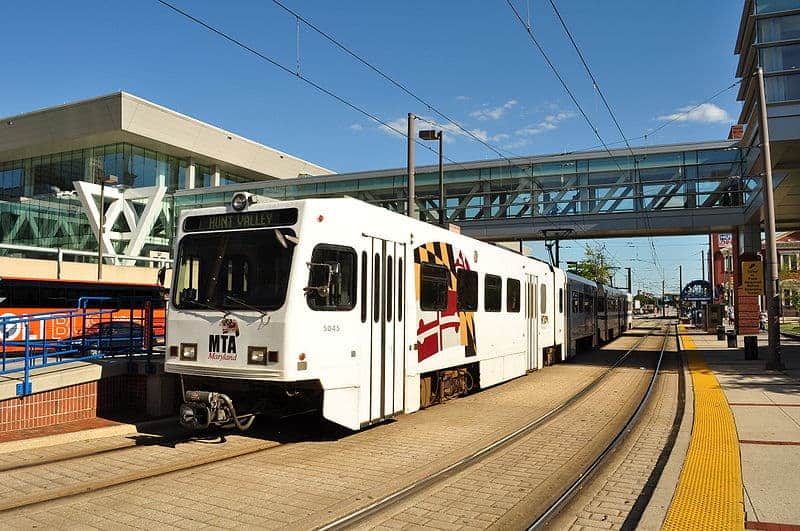BRT or bus rapid transit has been described as light rail transit or LRT on the cheap. If that is true then would this not be the same as saying LRT is nothing more than enhanced BRT?
On Jan. 11, 2014 a similar investigation was done regarding passenger rail in general and roadway travel in general as well. By the end of the analysis the answer was clear: rail won, hands down. (See: “Rails vs roads for value, utilization, emissions-savings: difference like night and day” here).
On the other hand, when comparing LRT to BRT, there doesn’t appear to be any clear winner. So, as to LRT or BRT, is there one that stands above the other?
What say we further investigate?
If what we’re after here is an apples-to-apples comparison, we’re probably not going to get that. However, there is one that comes close: that’d be the Confederation Line operated by OC Transit in Ottawa, Ontario, Canada.
Before exploring that corridor and service more, this should no doubt be prefaced by pointing out that there are successful rapid-bus and light rail transit systems seemingly in all corners of the world. There are said operations in Curitiba, Brazil (BRT); Cleveland, Ohio (BRT); Stockton, California (BRT); Portland, Oregon (LRT); Phoenix, Arizona (LRT); Salt Lake City, Utah (LRT); and, Ottawa, of course, which now has one or both (BRT and LRT).
The backstory – Ottawa
Ottawa, as an early adherent of both modes, first installed BRT in ’83. But, the city also embraced LRT, its Trillium Line (its original) coming into being in 1999. Both have served the city well. Where the bus rapid transit was concerned, no doubt did too well, so well, in fact, that patronage demand could not be kept up with. That’s how popular the service had become. Something had to be done. Something was.
That was in 2012 when Ottawa leaders decided that BRT was no longer going to cut it and opted for was LRT in its place.
With that decision ruling – if not saving – the day, all there was left to do was to build what is today referred to as the light rail transit Confederation Line – 7.8-mile-long LRT system for the most part running in an east-west direction with a total of 13 stations dotting the line and at one of those stations, it is joined by the north-south configured Trillium Line. As for the train, well, it’s been branded the “O-Train.” https://www.octranspo.com/en/ready-for-rail/transforming-the-service/expanding-o-train-service Service was inaugurated on Sept. 14, 2019 and the daily passenger counts from then until year’s end was 159,000.
In the meantime, plans are afoot to extend not just the Confederation Line (both east and west), but the Trillium Line (south) as well.
So, the question now becomes did this northern North American city make the wrong choice when it went with its decision to implement BRT in the first place?
Here is what The Transport Politic blogger Yonah Freemark on the bus move in his “Ottawa, Closer than Ever to Replacing Bus Rapid Transit with Light Rail” post had to say. “With expenses like that – practically equivalent to building a new rail line from scratch – one wonders whether there was ever any fiscal advantage to using buses first along the rapidway. Did the city lose out by not choosing rail when the transitway first opened in 1983?”
Offering more perspective, Freemark added, “The transitway has so many riders that it puts 2,600 daily buses onto two downtown streets, and by 2018, the system will have literally no more capacity. By 2030, Ottawa would have to get a bus downtown every eighteen second to accommodate all of its riders – an impossible feat.”
So, it can be seen what the problem is.
That being said, that Ottawa’s BRT was as wildly popular as it was, it is important to note that such was the exception; not the rule.
Breaking new ground
While it can be argued that the main function of public transit – in whatever form – is to provide a mobility service to the masses that is affordable; gets riders to and from where they need and/or want to go; treads lightly, that is, it taking up as small a footprint as is practicable; not be unduly disruptive to other travel modes – the ideal here to be a complement to the others; and is efficient, fast, frequent, reliable, safe, if this all is what typifies the program, that and the daily mobility needs of mass-transit-riding public being satisfactorily met, then as a provider of transit services the task that such were called on to do, has, in fact, been done. Anything above and beyond that is what’s called gravy.

Speaking to just that very point, meanwhile, on Oct. 26, 2015, published here on the Air Quality Matters blog was the post: “Transit as density facilitator, traffic and emissions inhibitor, report finds.”
In that post, brought out were factors relating to the implementation of light rail transit in cities not previously having had them and how such installation would impact considerations such as development and population densification, air pollution and greenhouse gas (GHG) emissions mitigation and ridership generation, the last having direct implications relating to traffic reduction and travel-pattern alteration. Important to note is that whereas BRT buses using internal combustion power for propulsion output harmful pollutants into the atmosphere, with electrified LRT train use that simply doesn’t happen.
Moreover, and though it might not come immediately to mind additional factors like the numbers of operating employees needing to be hired, how much of a capital outlay must there be for such, or, for that matter, for the procurement of fuel or energy depending on mode, LRT versus BRT operation, these as well important considerations must not be overlooked. Over time, all of this could make a huge difference.
With all of this in mind, for those areas weighing one mode against the other, instructive it could be to view the Ottawa BRT/LRT experience as a model from which others could be measured.
Images: AndrewHorne, Wikimedia Commons (upper); U.S. Census Bureau (second); Clean Energy Canada (third); Alstom (lower)
Published by Alan Kandel




